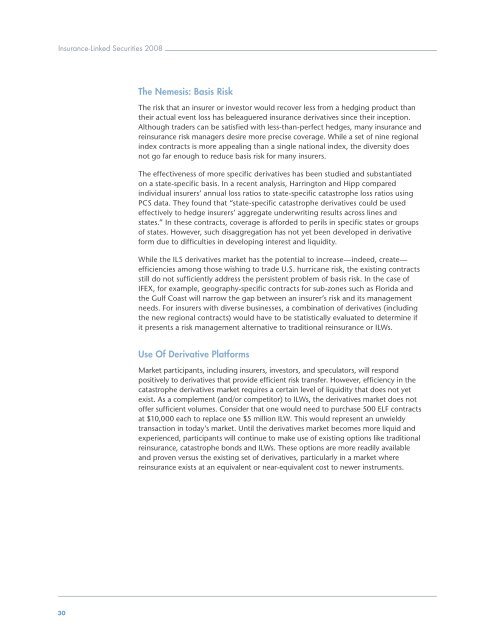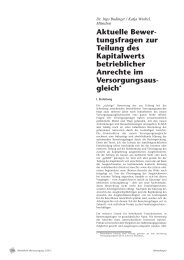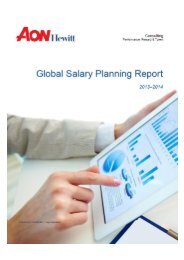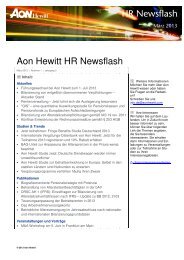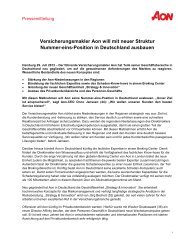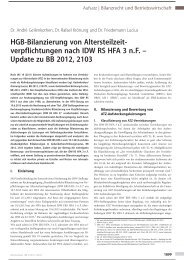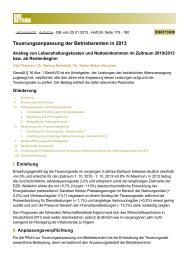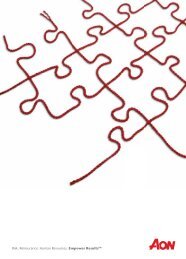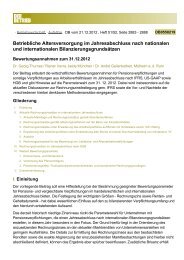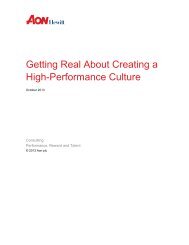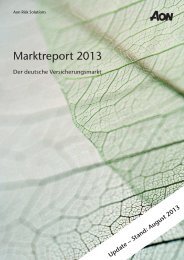Insurance-Linked Securities Report 2008 - Aon
Insurance-Linked Securities Report 2008 - Aon
Insurance-Linked Securities Report 2008 - Aon
You also want an ePaper? Increase the reach of your titles
YUMPU automatically turns print PDFs into web optimized ePapers that Google loves.
<strong>Insurance</strong>-<strong>Linked</strong> <strong>Securities</strong> <strong>2008</strong><br />
30<br />
The Nemesis: Basis Risk<br />
The risk that an insurer or investor would recover less from a hedging product than<br />
their actual event loss has beleaguered insurance derivatives since their inception.<br />
Although traders can be satisfied with less-than-perfect hedges, many insurance and<br />
reinsurance risk managers desire more precise coverage. While a set of nine regional<br />
index contracts is more appealing than a single national index, the diversity does<br />
not go far enough to reduce basis risk for many insurers.<br />
The effectiveness of more specific derivatives has been studied and substantiated<br />
on a state-specific basis. In a recent analysis, Harrington and Hipp compared<br />
individual insurers’ annual loss ratios to state-specific catastrophe loss ratios using<br />
PCS data. They found that “state-specific catastrophe derivatives could be used<br />
effectively to hedge insurers’ aggregate underwriting results across lines and<br />
states.” In these contracts, coverage is afforded to perils in specific states or groups<br />
of states. However, such disaggregation has not yet been developed in derivative<br />
form due to difficulties in developing interest and liquidity.<br />
While the ILS derivatives market has the potential to increase—indeed, create—<br />
efficiencies among those wishing to trade U.S. hurricane risk, the existing contracts<br />
still do not sufficiently address the persistent problem of basis risk. In the case of<br />
IFEX, for example, geography-specific contracts for sub-zones such as Florida and<br />
the Gulf Coast will narrow the gap between an insurer’s risk and its management<br />
needs. For insurers with diverse businesses, a combination of derivatives (including<br />
the new regional contracts) would have to be statistically evaluated to determine if<br />
it presents a risk management alternative to traditional reinsurance or ILWs.<br />
Use Of Derivative Platforms<br />
Market participants, including insurers, investors, and speculators, will respond<br />
positively to derivatives that provide efficient risk transfer. However, efficiency in the<br />
catastrophe derivatives market requires a certain level of liquidity that does not yet<br />
exist. As a complement (and/or competitor) to ILWs, the derivatives market does not<br />
offer sufficient volumes. Consider that one would need to purchase 500 ELF contracts<br />
at $10,000 each to replace one $5 million ILW. This would represent an unwieldy<br />
transaction in today’s market. Until the derivatives market becomes more liquid and<br />
experienced, participants will continue to make use of existing options like traditional<br />
reinsurance, catastrophe bonds and ILWs. These options are more readily available<br />
and proven versus the existing set of derivatives, particularly in a market where<br />
reinsurance exists at an equivalent or near-equivalent cost to newer instruments.


